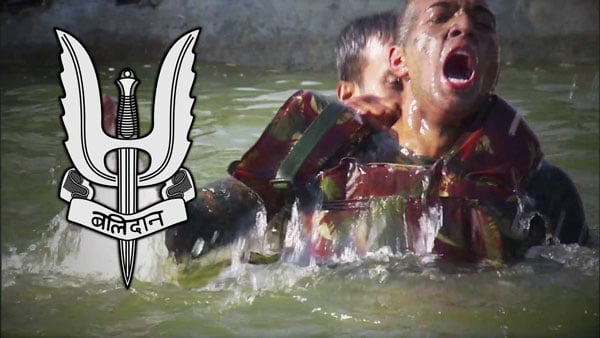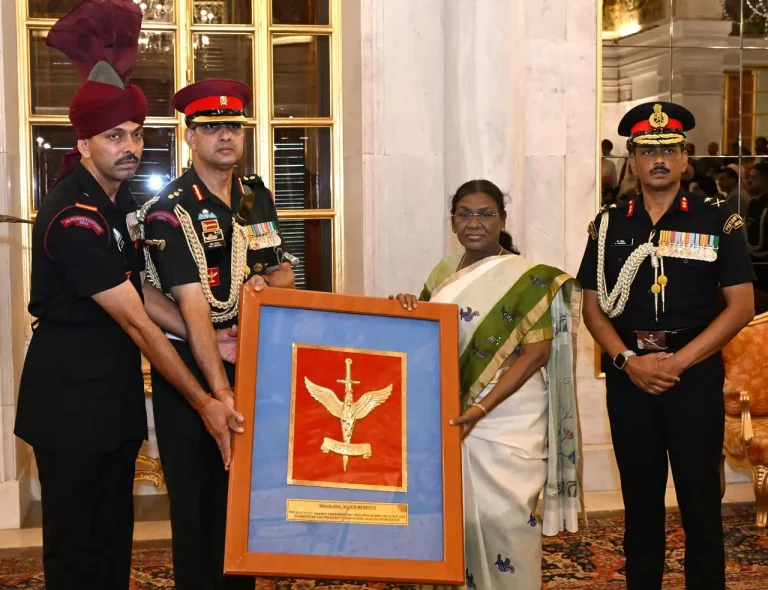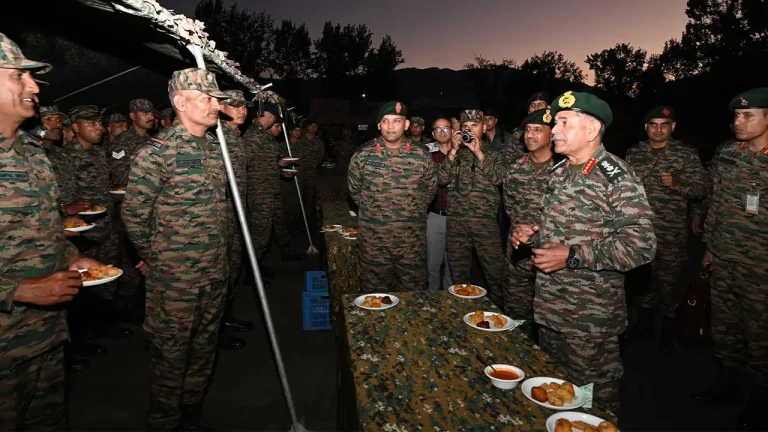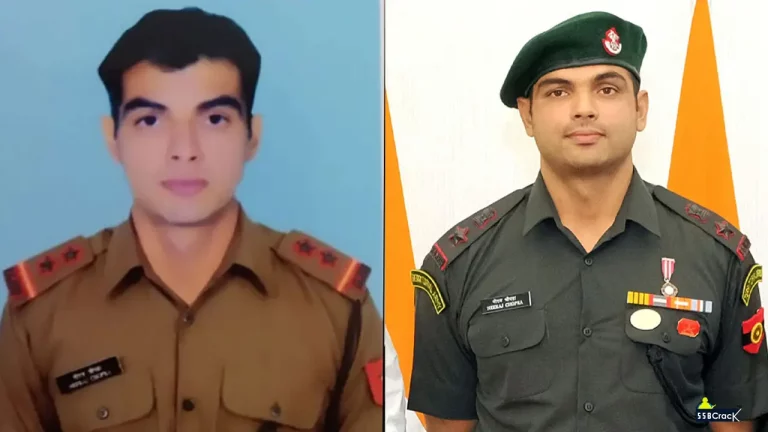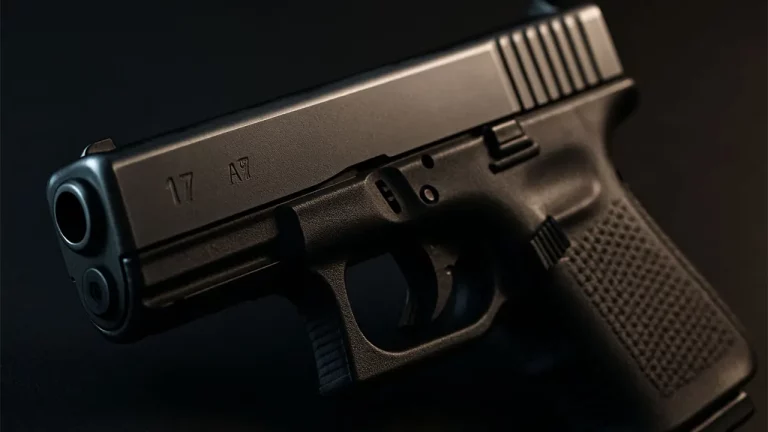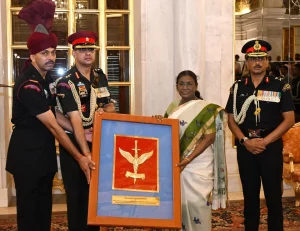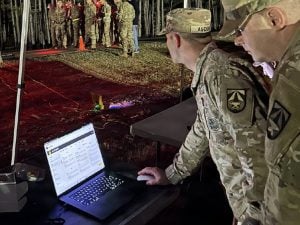In the Indian military and para-military forces, the Balidaan Badge serves as a powerful symbol of ultimate sacrifice and indomitable courage. This distinguished badge is an emblem of honor that reflects the valor of soldiers who have laid down their lives for their country.
The origins of the Balidaan Badge can be traced back to the elite special forces of the Indian Army, specifically within the Parachute Regiment. This regiment is famous for its exceptional combat capabilities, swift deployment, and resolute determination. The Balidaan Badge was conceived as a means to honor and acknowledge the supreme sacrifices of soldiers while they carried out their duties under perilous circumstances.
The term “Balidaan” itself comes from the Sanskrit language, where “bali” translates to sacrifice, and “daan” means offering. Collectively, the Balidaan Badge embodies the noble act of sacrificing one’s life for the greater good of the nation. It signifies the bravery, valor, and unwavering dedication that these soldiers exhibit in their mission to uphold the sovereignty and security of India.
Visually, the Balidaan insignia is a remarkable emblem that holds deep significance within the special forces of the Parachute Regiment. The badge features a commando dagger pointed downwards, flanked by upward-extending wings, which symbolize both flight and courage. Additionally, a scroll on the blade prominently displays the word “Balidaan” in Devanagari script, reinforcing the badge’s cultural roots.
Eligibility to wear the Balidaan Badge is limited to the special forces battalions within the Parachute Regiment of the Indian Army. All Indian paratroopers are volunteers, with some choosing to join the Para regiments directly after recruitment, while others may transfer from regular army units. To qualify as a Para (Special Forces) soldier, individuals must endure a rigorous selection process that serves as both a probationary period and a pathway to advancement.
The selection occurs twice a year and is regarded as one of the most grueling training regimens in the world. Candidates face intense physical and mental challenges designed to simulate the harsh realities of combat, often leaving them sleep-deprived and physically exhausted. The process is notorious for its high attrition rate, with successful selection rates rarely exceeding 10 percent. Tragically, there have also been deaths among candidates during this strenuous phase.
Even those who complete the selection are not formally inducted into the regiment until they undergo the “balidan padh.” This phase requires them to participate in active operations in hostile environments for a duration of one year. Only upon surviving this challenging period do they earn the right to wear the Balidaan Badge and become a fully inducted member of the regiment.
For those who wear it, the Balidaan Badge is a profound recognition of extraordinary courage and commitment. Typically displayed on the right breast pocket of the uniform, the badge remains close to the heart, symbolizing the unbreakable bond between the soldier and the nation they serve.
Furthermore, the Balidaan Badge holds significant emotional weight for the families of commandoes. It serves as a poignant source of pride and solace, offering a tangible symbol of the sacrifices made by their loved ones. The badge stands as a representation of the nation’s gratitude and a reminder that the duty and sacrifice of these soldiers will always be honored and remembered.
Ultimately, the Balidaan Badge stands as a lasting emblem of sacrifice, valor, and dedication within the Indian military. It represents not only the selfless spirit of soldiers willing to make the ultimate sacrifice for their country but also ensures that their legacy lives on—continually inspiring future generations to serve with unwavering commitment and honor.
